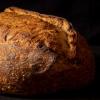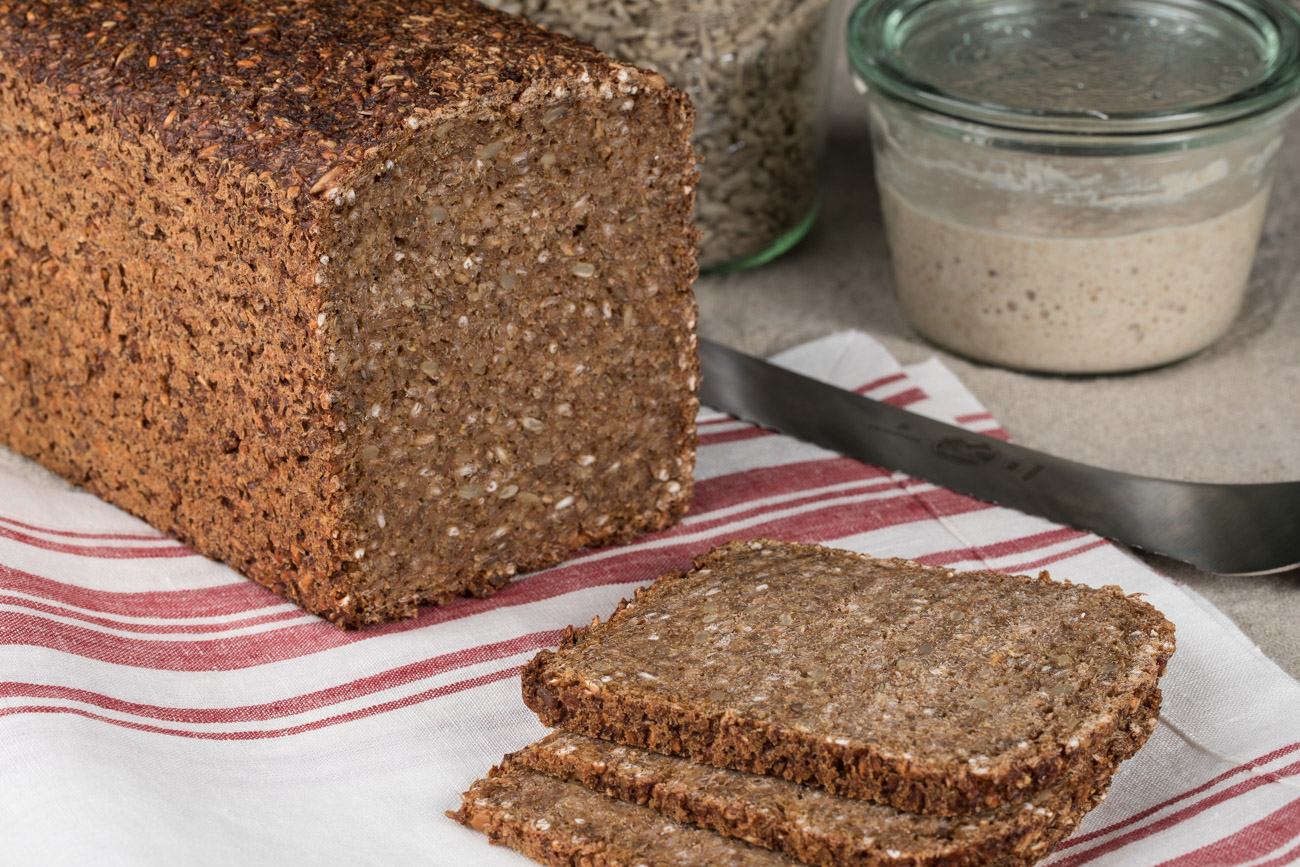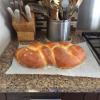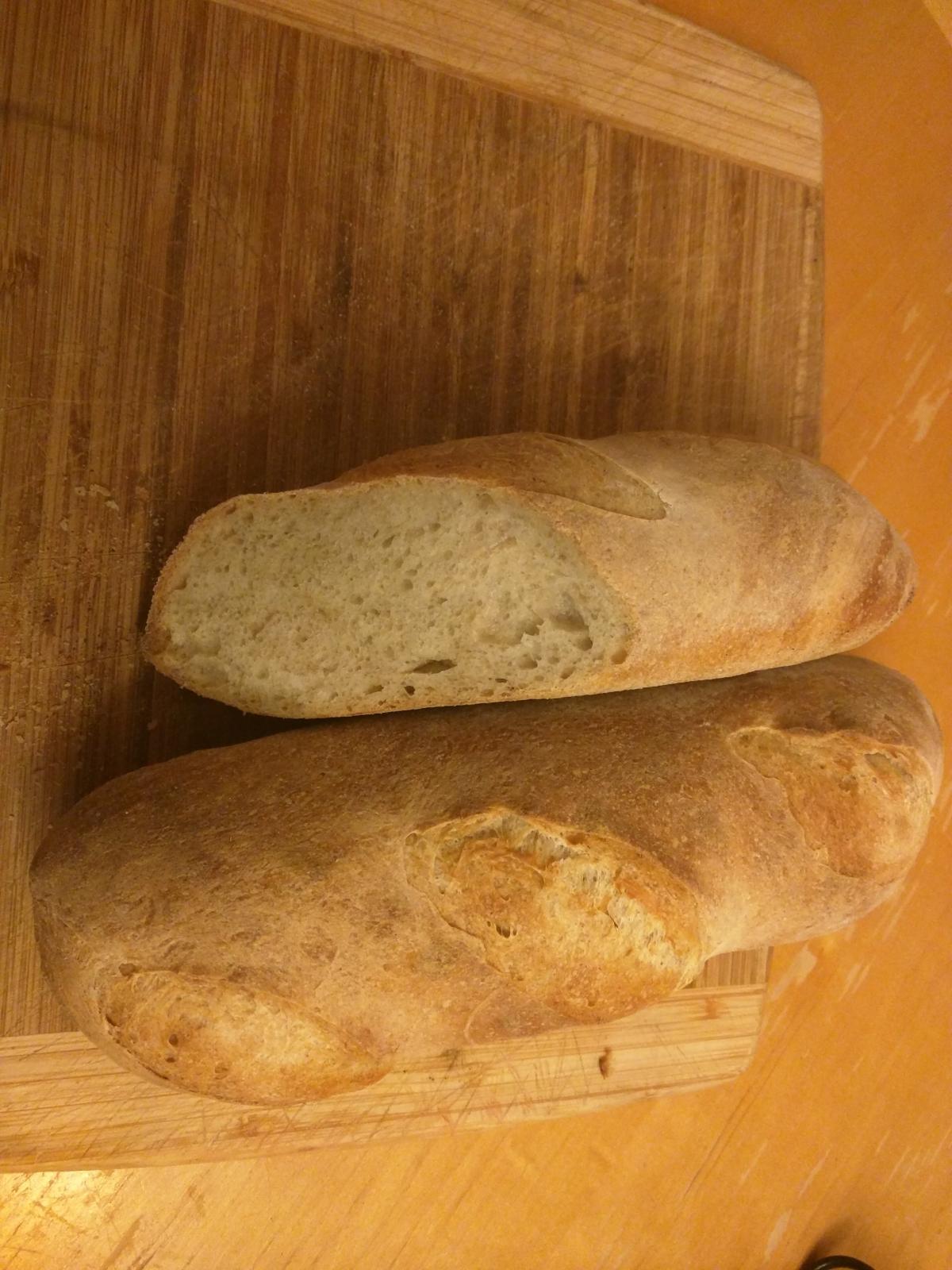This weekend's bread is all about including whole grains. The levain is a combo of the 3 starters I have. I coddled it all week and it rewarded me with tripling in just a few hours when I made the final levain.
Here is the recipe!
1. Sprout 50 g each of Kamut, Spelt and Selkirk wheat berries.
2. Autolyse sprouts with 700 g water, 550 g no-additives unbleached flour, 102 g multigrain flour, 100 g fresh milled Kamut, 100 g fresh milled Spelt and 100 g fresh milled Selkirk wheat. Let sit for a couple of hours.
3. Mix in 22 g sea salt, 30 g Kefir, and 275 g levain (80%). The kefir was supposed to go into the autolyse but I forgot it so I added it at this stage.
4. Do four sets of folds 30 minutes apart and let bulk ferment for a total of 4-5 hours or until doubled. I do this in my oven with the light on. The batch that I put into the oven doubled in 4 hours, the one that I left out on the counter for 2 hours before putting into the oven took 5 hours. I delayed the second batch as I have only so much room on my island to shape them.
5. Divide into 3 750-gram loaves, preshape, rest and do a final shape. Place in bannetons and into fridge for a 12-14 hour proof. I did get a new fridge and set the temperature at 36 F. When I took the loaves out to bake, they were perfectly proofed. A very cold fridge is my friend!
6. Set the oven on convection bake, Preheat oven and Dutch ovens to 475F, load dough in pots, and immediately drop temp to 450F for 25 minutes. Remove lids, switch the Dutch ovens from lower to upper rack and vice-versa, drop temp to 425 F and bake for another 20 minutes. I was worried about burnt bottoms so that is why the loaves aren't as dark as usual. Now that I know baking on convection and avoiding the hot spot works, then I can go back to nice and dark.
Crumb shot coming later!
















